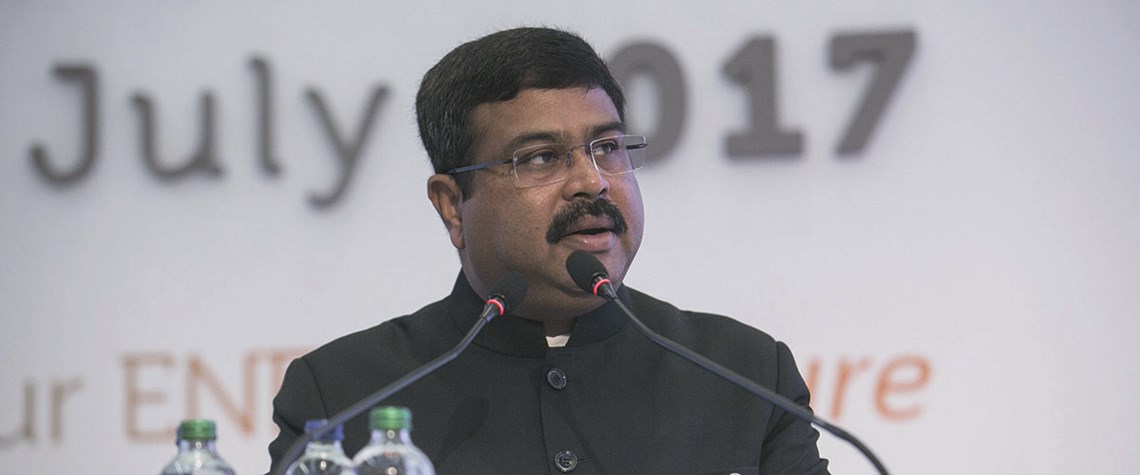Flexing India's muscles
The country will need to import more oil and gas. But, as recent oil and LNG deals show, the advantage is presently with the buyer
At some point before the end of 2020, liquefied natural gas from the US, Australia or Qatar will land for regasification at a plant in Haldia, a port in West Bengal state. Once they're warmed, the molecules will enter India's domestic pipeline network, supplying fertiliser and steel plants, industrial users and even small customers. It should be a new source of cheap fuel for a hungry economy. India will need more. Its rapid expansion will translate into ever-rising volumes of fossil fuels and surging supplies from abroad. Domestic production, renewables, and conservation efforts will play a part in mitigating this. And Indian investors are scouring the globe for reserves. But for all that,

Also in this section
24 December 2025
As activity in the US Gulf has stagnated at a lower level, the government is taking steps to encourage fresh exploration and bolster field development work
23 December 2025
The new government has brought stability and security to the country, with the door now open to international investment
23 December 2025
A third wave of LNG supply is coming, and with it a likely oversupply of the fuel by 2028
22 December 2025
Weakening climate resolve in the developed world and rapidly growing demand in developing countries means peak oil is still a long way away







